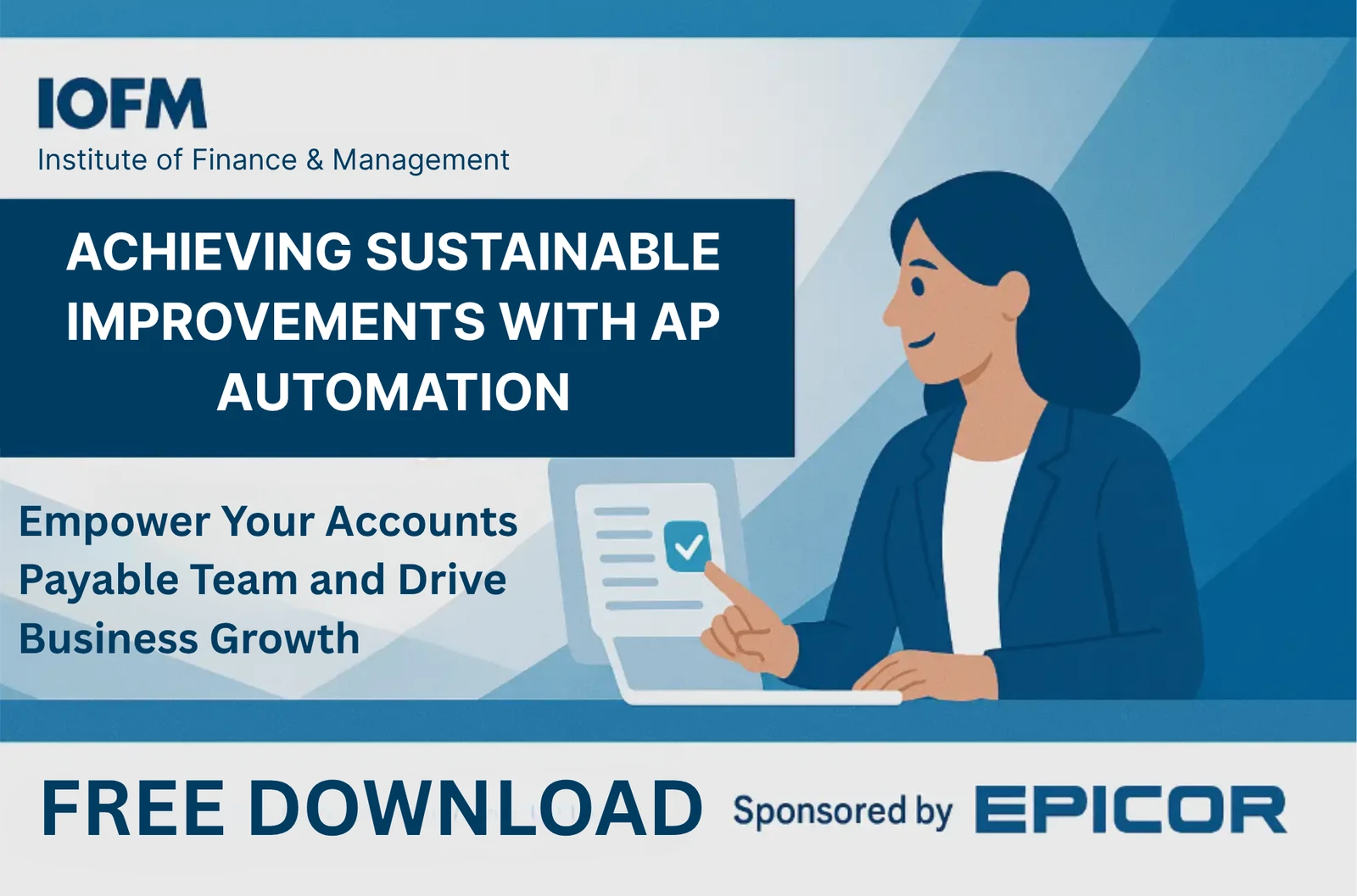Today’s CFOs are expected to be more than number crunchers, they’re strategic visionaries guiding long-term growth, managing risks, and maximizing ROI across departments. Yet, many are still bogged down by manual accounts payable (AP) processes that chew up time, drain resources, and offer little in the way of insight.
If that sounds familiar, you’re not alone. Even in 2025, countless mid-sized enterprises still process invoices by hand, relying on spreadsheets, email chains, and endless paper trails. And while automation is on everyone’s radar, not every CFO sees it as a pressing priority. That’s a missed opportunity.
Real-World Metrics: The Cost Case for AP Automation
Let’s talk numbers because that’s where every strategic CFO starts. Processing a single invoice manually can cost anywhere from $12 to $20. That includes everything: data entry, approval routing, error handling, printing, postage, and storage. It’s a clunky, repetitive process, and it’s expensive…not just in dollars, but in time and energy, too.
Now compare that to automated AP systems. With digital workflows in place, that same invoice costs between $3 and $5 to process. That’s up to a 75% reduction in cost. But the story doesn’t end there.
Other measurable gains from AP automation include:
- Fewer duplicate or erroneous payments due to system validations
- Improved audit readiness with searchable digital records
- Streamlined vendor communications with fewer status check-in calls
- Predictable monthly AP volume managed without increasing headcount
In short, AP automation transforms accounts payable from a reactive cost center into a forward-looking asset, giving CFOs the control, visibility, and scalability they need to support strategic growth. You’re not just saving money. You’re building infrastructure that supports smarter decisions and leaner operations.
Freeing Up the Finance Team for Strategic Work
Let’s be honest, no one went into finance to spend their days chasing down approvals or rekeying invoice data from PDFs. Yet that’s exactly what many AP professionals do every day. Manual processes keep talented teams stuck in reactive mode, firefighting clerical tasks instead of contributing to big-picture goals.
AP automation changes that dynamic. By removing repetitive, low-value work from the equation, it gives your finance team room to breathe, and room to lead.
Entry-level staff who once spent their time printing, scanning, and sorting invoices can now shift toward more impactful roles in spend analysis, vendor management, and forecasting. Managers gain time to focus on strategic reporting and cash optimization rather than troubleshooting bottlenecks.
With AP automation:
- Clerks can shift focus from paper shuffling to spend analysis and forecasting
- Teams scale to handle more volume without hiring additional headcount
- Employees experience less burnout and greater job satisfaction
By streamlining routine tasks, CFOs can reallocate valuable human capital toward strategic initiatives that drive enterprise growth.
Curious how today’s AP automation tools make that shift possible, through AI, seamless integrations, and cloud-based approval workflows? Explore our complete guide to AP automation in 2025 for a closer look at what’s new, what’s improved, and what’s next.
Cash Flow Optimization Through Real-Time AP Visibility
Cash flow isn’t just a finance buzzword; it’s the oxygen of your business. And yet, many companies still manage it with delayed data, siloed systems, and limited insight into what’s truly going out the door. If you can’t see your payables in real time, you’re not steering…you’re reacting.
With AP automation, CFOs gain a level of control and clarity that simply isn’t possible with manual workflows. Imagine being able to log in and see a dashboard showing every outstanding invoice, where it sits in the approval process, and how upcoming payments will impact your cash position. That’s the power of real-time visibility.
Here’s what that unlocks:
- Smarter payment timing. You can delay non-urgent payments to preserve cash or speed up others to capture early-payment discounts.
- Forecasting accuracy. With clean data flowing in, finance leaders can produce rolling forecasts that are based on actuals, not estimates or outdated reports.
- Better vendor relationships. Vendors appreciate timely, predictable payments. Automation enables consistency, reduces disputes, and builds trust.
When you have instant visibility into payables, you can confidently answer questions like:
“How much cash is going out this month?”
“What discounts can we still capture?”
“Can we delay this payment without damaging vendor relationships?”
Final Thoughts
For forward-thinking CFOs, AP automation isn’t just about efficiency, it’s about transformation. It’s about turning a back-office burden into a proactive lever for cash flow optimization, cost control, and team productivity.
The companies that invest now in automating AP will be the ones that lead the digital finance revolution tomorrow, with leaner processes, better data, and happier teams. For a quick breakdown of the top reasons to make the switch, check out The 5 Benefits of Automating Your Accounts Payable System.
Talk to Mosaic about how we help finance leaders automate AP workflows, reduce costs, and gain real-time visibility without disrupting your ERP environment.


